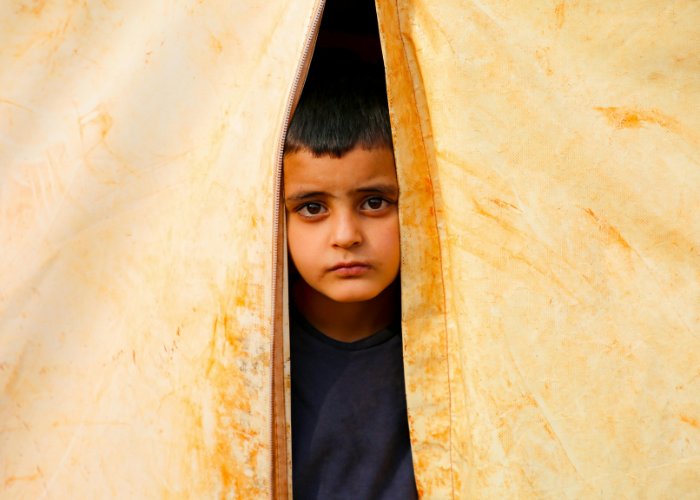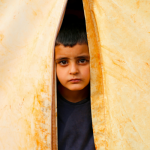When we consider childhood, we find ourselves considering laughter, scraped knees, and endless “whys.” But the reality is, children can become emotionally and mentally stuck just as much as adults — they just don’t necessarily know how to express it.
Mental illness in a child is not always obvious. It can manifest itself in mood swings, changes in behavior, or even physical sickness. And because every child is different, what is “normal” to one might be a sign of something to another. The key is to know what to look for and to have faith in your own instincts as a teacher, parent, or caregiver.
1. Fluctuations in mood that do not seem to abate
Children have large emotions — that comes with growing up. But if sadness, crankiness, or anger last for weeks or are disproportionate to what’s happening, it might be more than “just a phase.” For instance, a normally perky kid who has been withdrawn for more than a month may be telling you something more.
2. Avoidance of friends or activities they used to enjoy
If a kid who used to love soccer won’t come to practice anymore, or playdates are a chore, perhaps it’s a good idea to find out why. Children sometimes pull away because they’re angry about something, like anxiety, depression, or low self-esteem.
3. Sleep or eating patterns altered
Mental and physical habits are inseparable. Difficulty sleeping, night upon night of nightmares, oversleeping, eating a lot less or a lot more than normal — sometimes these habits are a manifestation of inner hurt.
4. Recurrent Body Complaints without Any Apparent Medical Cause
Headaches, stomachaches, or being “sick” in the morning before school is not always about germs. Anxiety and stress can manifest in the body, particularly in children who do not know to say “I’m feeling overwhelmed yet.”.
5. Difficulty with Schoolwork or with Concentrating
If a student’s grades begin slipping mysteriously, or they’re constantly “spaced out” in class, it’s worth investigating what’s going on. Learning disabilities can lead to stress — but stress can also lead to learning disabilities.
6. Severe Fears or Phobias That Affect Daily Life
It’s natural for children to be afraid (the dark, monsters, thunderstorms). But when fear becomes so intense that it prevents them from doing ordinary things — such as sleeping in their bed alone or responding in class — it could be a sign of an anxiety disorder.
7. Hopelessness or Self-Injury Discussion
This is one of the most critical warning signs and should never be ignored. If a child talks about being worthless, not wanting to live, or hurting themselves, they need to be evaluated right away by a mental health care professional.
What to Do if You Witness These Symptoms
• Start with gentle, open-ended conversations. Ask them how they have been feeling in a non-accusatory way.
• Label their emotions. Let them know that it’s all right to feel sad, scared, or angry.
• Engage a professional sooner rather than later. A pediatrician, therapist, or counselor can assist in determining what’s happening and what to do next.
• Be consistent and supportive. Consistency gives children a sense of security, especially when they are going through tough times.
A Gentle Reminder
All bad mood does not mean that a child has a mental health disorder, but catching the changes early gives you a chance to intervene before things get out of hand. It is similar to putting out a small flame before it becomes a fire. The earlier we intervene, the easier it is to get children back to a place of safety, confidence, and connection. Childhood is where you’re supposed to learn, grow, and discover — and with proper guidance, even the children with mental illness can succeed.








